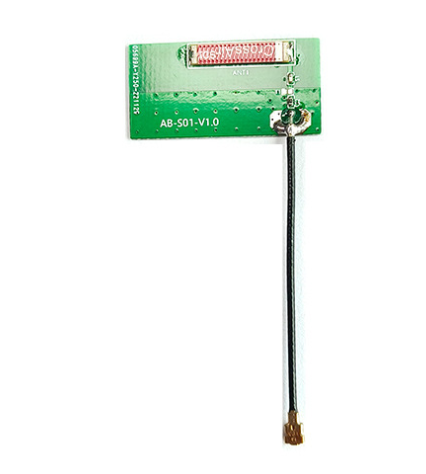How to measure PCB onboard antennas
Introduction
As wireless technology continues to evolve, it has become necessary for engineers to design and implement different types of antennas for various applications. A PCB antenna is one such option that can be used to reduce the size and weight of a system without sacrificing on performance. However, measuring the performance of a PCB antenna can be more challenging than testing traditional antennas. In this article, we will discuss the steps involved in measuring the performance of a PCB antenna.

Step 1: Calculate the resonant frequency
The first step in measuring the performance of a PCB antenna is to determine its resonant frequency. This is the frequency at which the antenna can efficiently radiate and receive energy. To calculate the resonant frequency of the antenna, use a network analyzer or a vector network analyzer (VNA). These devices measure the impedance of the antenna at different frequencies, allowing you to determine the resonant frequency.
Step 2: Measure the return loss
After calculating the resonant frequency, the next step is to measure the return loss of the antenna. Return loss is a measure of how much energy reflected from the antenna back to the source. A higher return loss value indicates that less energy is reflecting back, which is good for antenna performance. Use a VNA or a spectrum analyzer to measure return loss.
Step 3: Measure gain and radiation pattern
The next step is to measure the gain and radiation pattern of the antenna. The gain is the measure of the antenna's ability to radiate energy in a particular direction. The radiation pattern is the graphical representation of the antenna's gain in different directions. To measure gain and radiation pattern of the PCB antenna, use an anechoic chamber and a range of test equipment such as an antenna range, a horn antenna or a spherical near-field test system.
Step 4: Verify polarization
Lastly, verify the polarization of the antenna. Polarization refers to the direction of the electric field in the radiated wave. To measure the polarization, use a linear or circular polarizer to verify the direction of the electric field. This is important because incorrect polarization can lead to a loss of energy.
Conclusion
Measurement of the PCB antenna is an essential aspect of antenna design and optimization. The steps involved in measuring the performance of the antenna will vary depending on the specific application and requirements. However, by following the steps discussed in this article, engineers can ensure that their antennas are performing optimally and according to design. The quality of the measurement equipment used will also play a significant role in ensuring accurate measurements. Hence, using high-quality equipment will also be essential.





